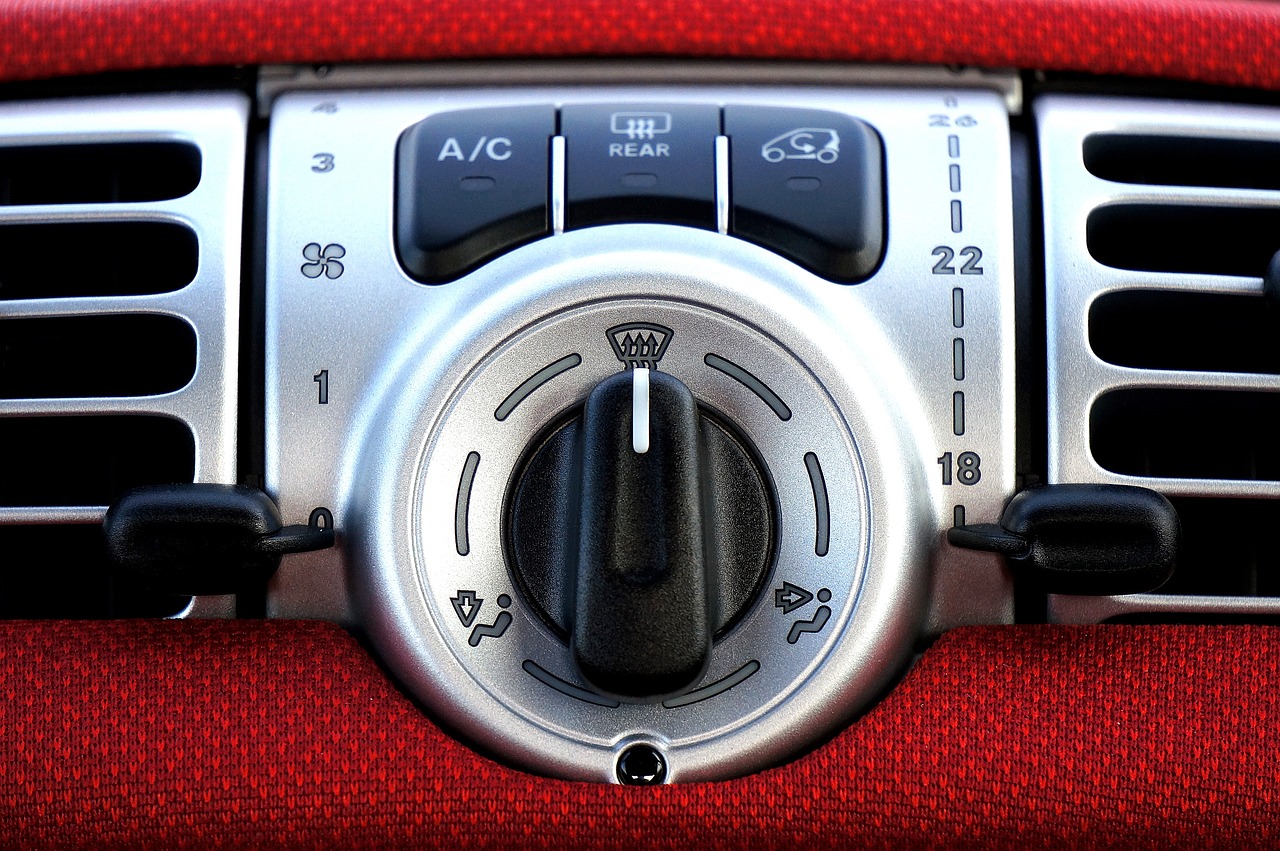Exploring the Intricate World of Automotive Cooling Systems
The automotive industry is an ever-evolving landscape of technology, design, and innovation. One aspect that often gets overlooked, yet is crucial to the performance and longevity of a car, is the cooling system. Let's delve into the intricate world of automotive cooling systems, tracing its history, examining current trends, and projecting future developments.

A Historical Journey Through Cooling Systems
The cooling system has been a fundamental component of automobiles since their inception. In the early days, cars employed a simple method of air cooling. The first water-cooled systems came into existence with the advent of internal combustion engines in the late 19th century, offering superior cooling and allowing for more powerful engines.
Throughout the 20th century, cooling systems evolved from simple thermosiphon systems to pressurized ones with thermostats and sophisticated radiators. As technology advanced, so did the complexity and efficiency of these systems.
Current Trends in Automotive Cooling Systems
Today, automotive cooling systems have become more advanced and multifaceted. They not only cool the engine but also play a significant role in heating the passenger compartment and even cooling the battery in electric vehicles. Modern systems incorporate a range of technologies, including electric water pumps and smart thermostats that adjust coolant flow based on engine load and temperature.
The current trend is toward reducing energy consumption and improving efficiency. This is achieved through advancements such as active grill shutters, which open and close to optimize airflow, and dual cooling systems that separate the engine and cabin cooling functions.
The Impact of Enhanced Cooling Systems
The benefits of modern cooling systems are manifold. They contribute significantly to enhancing engine performance, improving fuel efficiency, and reducing emissions. Moreover, they add to the lifespan of the engine and other heat-sensitive components.
However, with greater complexity come challenges. Advanced cooling systems require more maintenance and are more susceptible to problems if not properly cared for. There’s also the issue of cost - both in terms of initial outlay and repairs.
The Future of Automotive Cooling Systems
Looking ahead, the future of automotive cooling systems lies in further pushing the boundaries of efficiency and performance. The onset of electric and hybrid vehicles has already brought about significant changes, necessitating new cooling solutions to maintain battery health.
One promising development is the use of phase change materials (PCMs) that store and release thermal energy, effectively acting as a secondary, passive cooling system. Another is the exploration of nanofluid coolants, which enhance heat transfer properties and overall system performance.
Final Thoughts
The intricacies of automotive cooling systems may not be the most glamorous aspect of a car, but they are undeniably vital. From their humble beginnings to the technologically advanced systems of today, they have come a long way. As we look to the future, it is clear that cooling systems will continue to play a pivotal role in shaping the cars of tomorrow.





